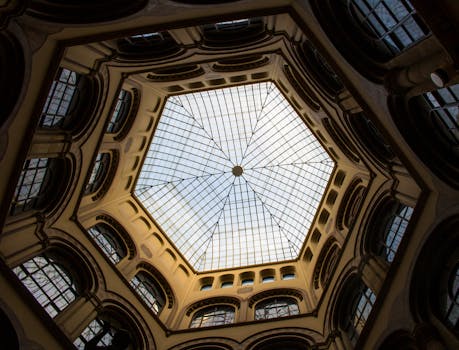
Traveling Through Time: How Europe’s Historical Heritage Shapes Modern Lifestyles in 2025
Traveling Through Time: How Europe’s Historical Heritage Shapes Modern Lifestyles in 2025. Europe, a continent steeped in history and tradition, has a unique ability to blend the old with the new. From the ancient ruins of Greece and Rome to the modern cities of London and Paris, Europe’s historical heritage continues to shape modern lifestyles in profound ways. In this article, we’ll explore the ways in which Europe’s rich cultural heritage influences contemporary life, from architecture to art, fashion, and beyond.
Architecture and Urban Planning
One of the most visible ways in which Europe’s historical heritage shapes modern lifestyles is through architecture and urban planning. Many European cities have preserved their historic centers, with narrow streets, grand piazzas, and iconic landmarks like the Eiffel Tower or Big Ben. These historic districts not only attract tourists but also provide a unique backdrop for modern urban life. For example, the medieval city of Venice, with its canals and ornate bridges, has been adapted to accommodate modern amenities like boutique hotels and trendy restaurants, while still maintaining its historic charm.
Art and Culture
Europe’s historical heritage has also had a profound impact on modern art and culture. The continent is home to some of the world’s most famous museums, like the Louvre in Paris or the Uffizi Gallery in Florence, which showcase an incredible array of artistic treasures from the past. These museums not only preserve the cultural heritage of Europe but also inspire contemporary artists, designers, and musicians. For instance, the Renaissance art of Italy has influenced fashion designers like Gucci and Prada, while the modern art movement of the early 20th century has inspired contemporary artists like Damien Hirst and Jeff Koons.
Food and Wine
European cuisine is another area where historical heritage has a significant impact on modern lifestyles. Traditional dishes like pasta carbonara, paella, or fish and chips have been adapted and reinvented for modern tastes, while artisanal food producers like cheese makers and chocolatiers continue to thrive. The wine industry is another example, with European winemakers like Bordeaux and Tuscany producing some of the world’s finest wines using traditional methods and grape varieties. The Slow Food movement, which originated in Italy, has also had a global impact, promoting sustainable and locally sourced food production and consumption.
Conclusion
In conclusion, Europe’s historical heritage continues to shape modern lifestyles in profound ways, from architecture and urban planning to art, culture, food, and wine. As we look to the future, it’s essential to preserve and celebrate this rich cultural heritage, while also embracing innovation and progress. By traveling through time and exploring Europe’s historical heritage, we can gain a deeper understanding of the complexities and nuances of modern European life and appreciate the unique blend of tradition and modernity that makes this continent so fascinating.




